An Insight Into The Intriguing World Of Zebras
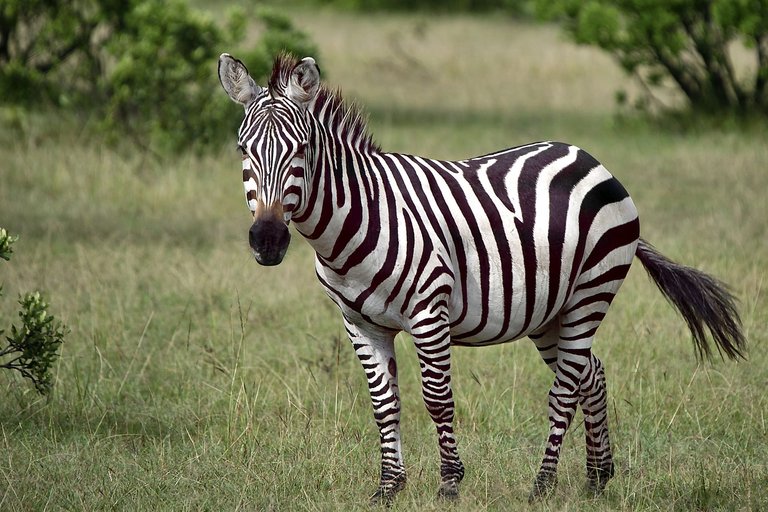
A Zebra trotting on a grassland
Recently, I came across a post made by a Nigerian Animal Documentarian on the social media platform, X. The documentarian, who produces documentaries about animals in the Yoruba language, stated in the post that zebras are not native to West Africa. This information amazed me and caught my interest. Before that moment, I had thought that zebras naturally inhabited the region and even recalled seeing some of them in a wildlife park while reading an article about popular tourist destinations in Nigeria. To satisfy my curiosity and verify the information shared by the Animal Documentarian, I decided to research zebras and their natural habitats.
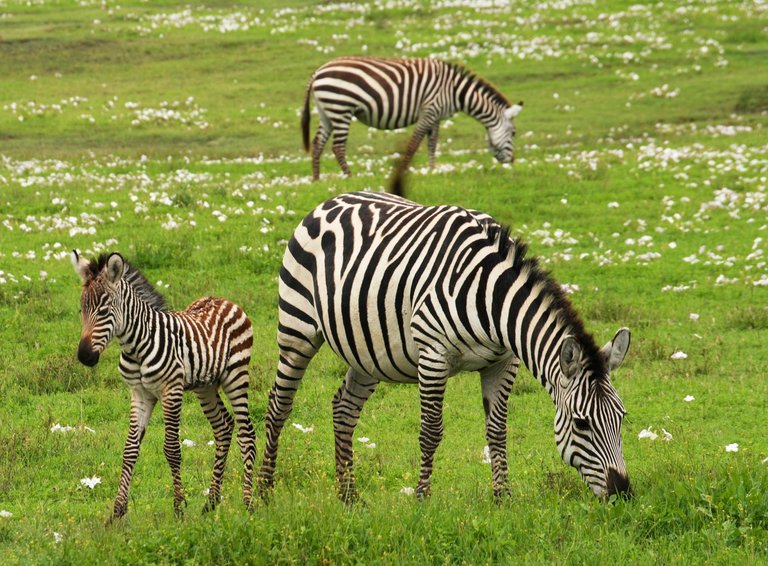
A female zebra (mare) and her offspring (foal)
Zebras are animals well-known for their
colourful striped black and white body coats. They belong to the same family as horses, called Equidae, and comprise three species: the Grevy, Plain, and Mountain zebra. They are herbivores and primarily feed on grasses and vegetation. A male zebra is called a stallion, the female a mare, and the young a foal. Zebras typically have a lifespan of 25 years and a gestation period (pregnancy) of 12 - 14 months. During childbirth, mares usually give birth to one offspring (foal), and it takes 3 to 6 years for a zebra to reach maturity.
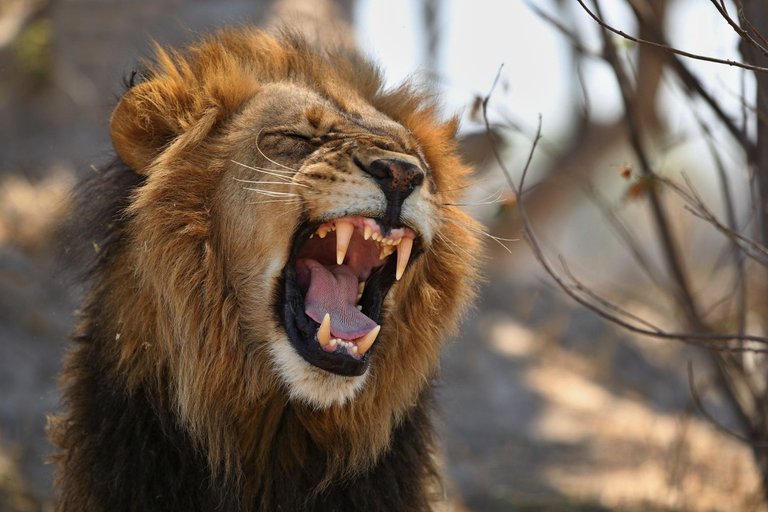
Lions are one of the predators who prey on zebras
Zebras are energetic and resilient animals that enjoy grazing. They live together in groups as herds and are nomadic by nature. During periods of food scarcity, such as droughts, they migrate to regions beyond their current habitat to search for vegetation and water for sustenance. The iconic black and white stripes of the zebra's body coat not only make the animal easily recognisable and give it an elegant appearance but also serve as a defense mechanism against predators and parasites. The most significant threats and common predators of zebras are poachers, lions, hyenas, leopards, and crocodiles.
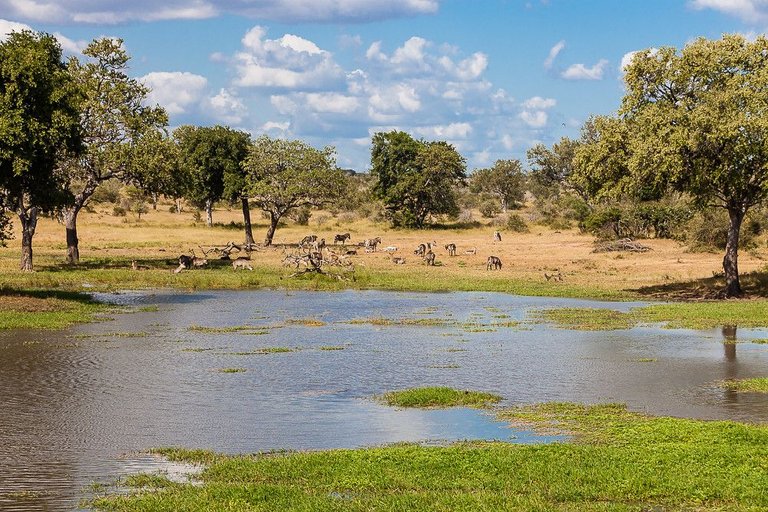
Kruger National Park, South Africa, is one of the places where zebras are found
Zebras are native to Africa and inhabit the southern and eastern regions of the continent. They can be found in semi-arid grasslands, scrubby woodlands, and rocky areas in the aforementioned regions across various countries like Kenya, Ethiopia, Somalia, Tanzania, Namibia, South Africa, Botswana, Zambia, and Zimbabwe. For conservation and tourism purposes, zebras are also confined to zoos, wildlife parks, and game reserves. Notable among these places are the Serengeti National Park in Tanzania, Kruger National Park in South Africa, and Namib-Naukluft Park in Namibia.

The black and white stripes of the Zebra's body coat often reminds me of the Tom Tom candy
I'm glad that I stumbled upon the post about the natural habitats of zebras and had a wonderful time learning about them. I'm also delighted to share the knowledge I have gained from my study with all of you. Despite zebras' unpredictable and sometimes aggressive nature, I find the animal quite fascinating, particularly its iconic striped body coat, which often reminds me of the colours of the popular soothing candy, Tom-Tom, made by Cadbury. In the near future, I hope to spend quality time observing zebras as they roam about the wild while exploring the ambience of the beautiful Sumu Wildlife Park in Bauchi State, Nigeria, where these unique animals can be found.
Thanks for reading,
Have a splendid day folks.
credit: click photo caption for image source.
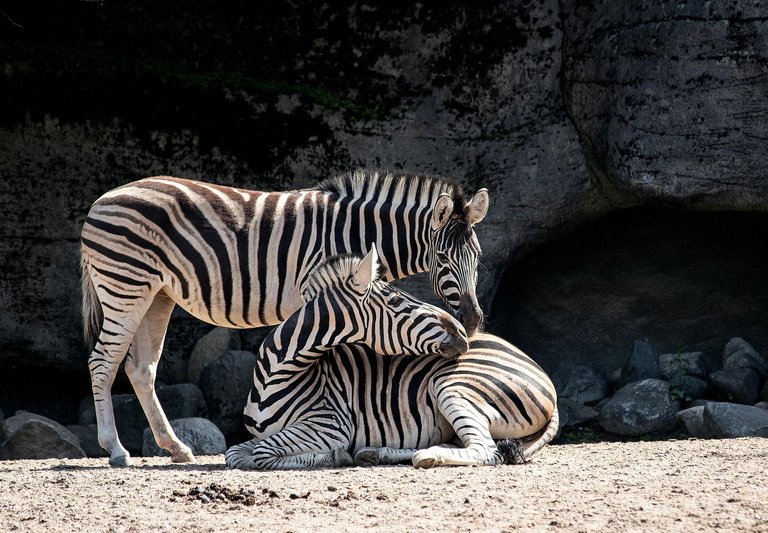
Yay! 🤗
Your content has been boosted with Ecency Points, by @udezee.
Use Ecency daily to boost your growth on platform!
Support Ecency
Vote for new Proposal
Delegate HP and earn more